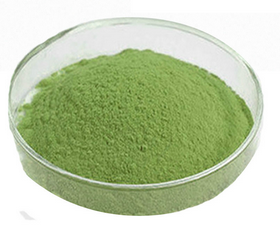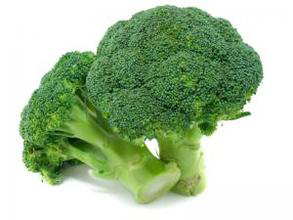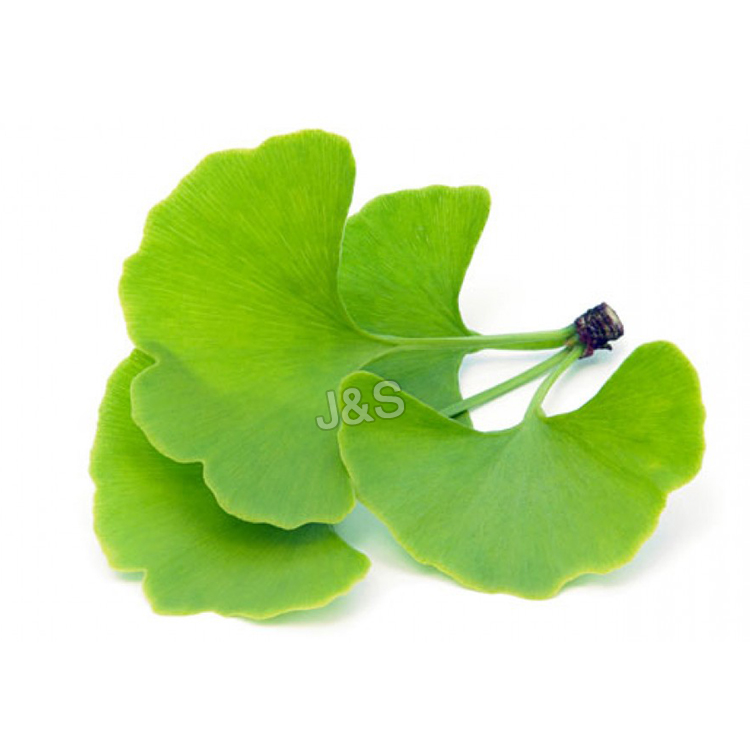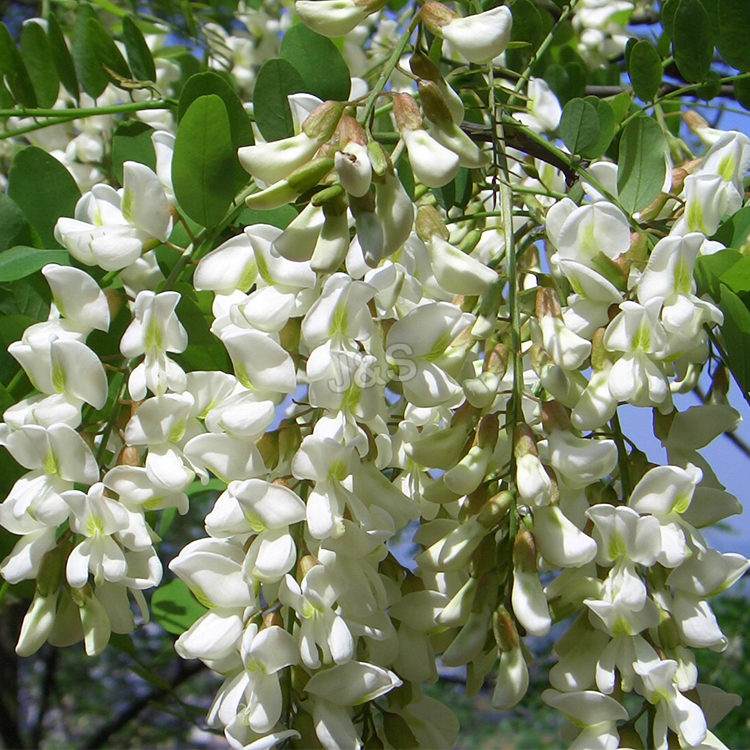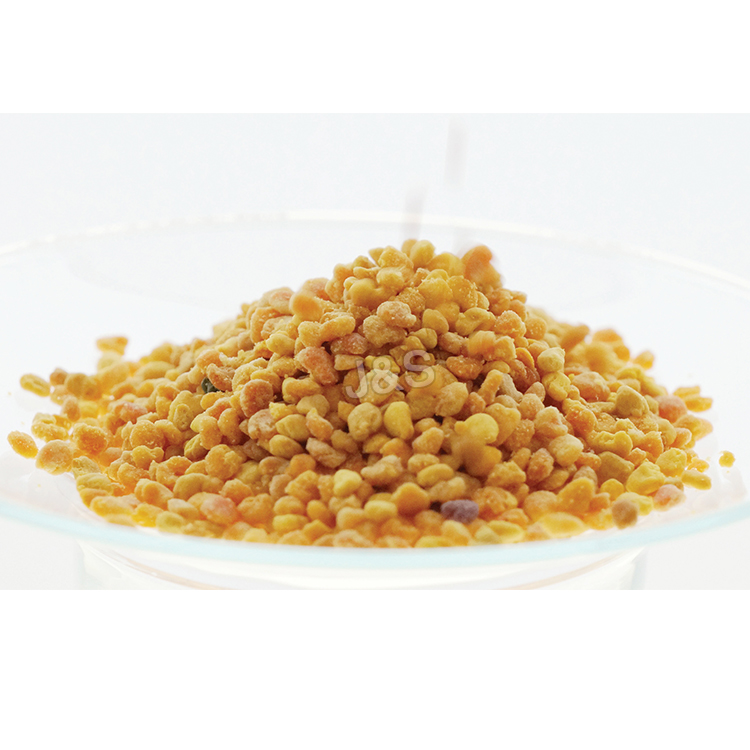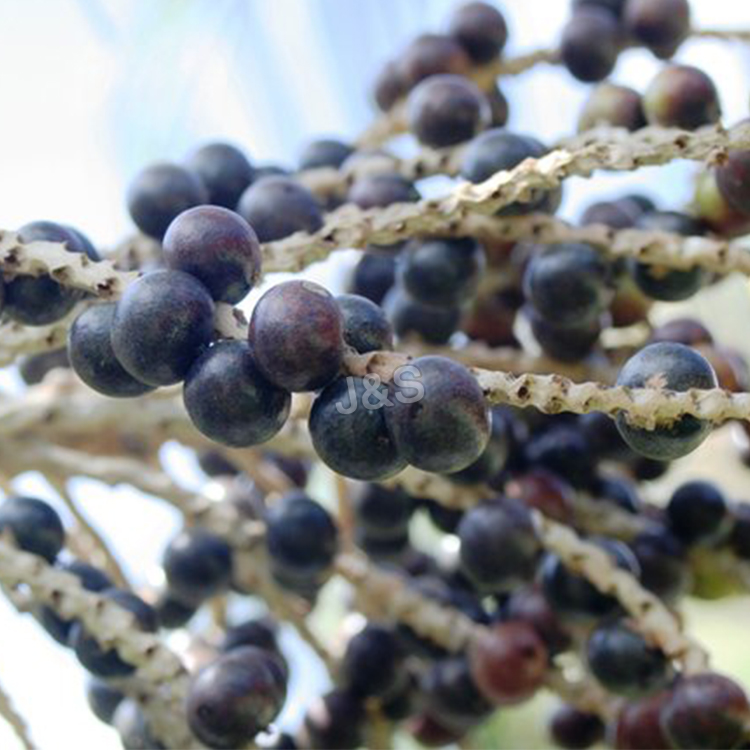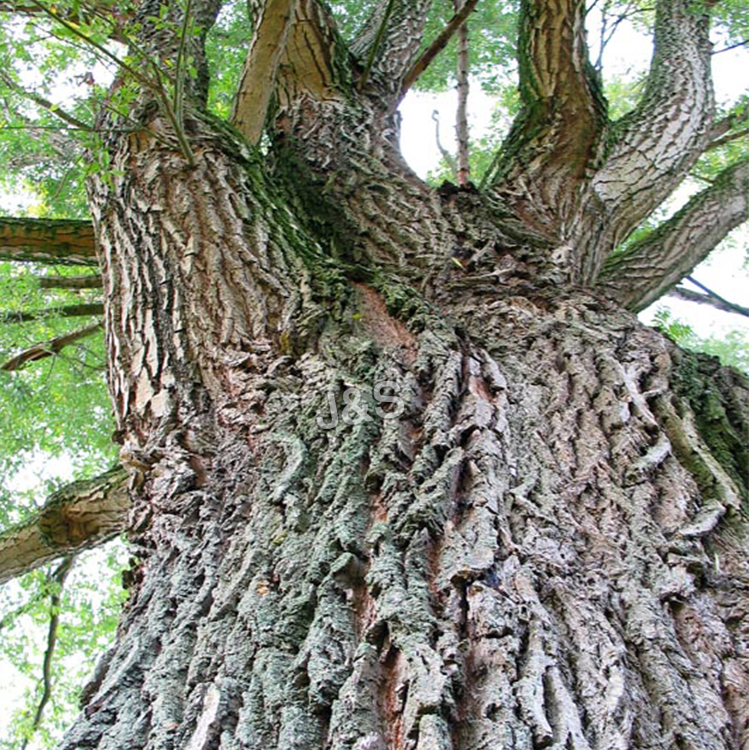Hot New Products Broccoli powder Factory for Argentina
Hot New Products Broccoli powder Factory for Argentina Detail:
[Latin Name] Brassica oleracea L.var.italica L.
[Plant Source] from China
[Specifications]10:1
[Appearance] Light green to green powder
Plant Part Used: whole plant
[Particle size] 60 Mesh
[Loss on drying] ≤8.0%
[Heavy Metal] ≤10PPM
[Storage] Store in cool & dry area, keep away from the direct light and heat.
[Shelf life] 24 Months
[Package] Packed in paper-drums and two plastic-bags inside.
[Net weight] 25kgs/drum
Broccoli is a member of the cabbage family, and is closely related to cauliflower. Its cultivation originated in Italy. Broccolo, its Italian name, means “cabbage sprout.” Because of its different components, broccoli provides a range of tastes and textures, from soft and flowery (the floret) to fibrous and crunchy (the stem and stalk). Broccoli contains glucosinolates, phytochemicals which break down to compounds called indoles and isothiocyanates (such as sulphoraphane). Broccoli also contains the carotenoid, lutein. Broccoli is an excellent source of the vitamins K, C, and A, as well as folate and fiber. Broccoli is a very good source of phosphorus, potassium, magnesium and the vitamins B6 and E.
Main Function
(1).With the function of anti-cancer, and effectively improving capability of blood scavenging;
(2).Having the great effect to prevent and regulate hypertension;
(3).With the function of enhancing liver detoxification, improve immunity;
(4).With the function of reducing blood sugar and cholesterol.
4. Application
(1).As drugs raw materials of anti-cancer, it is mainly used in pharmaceutical field;
(2).Applied in health product field, it can be used as raw material in health food, the purpose is to enhance immunity
(3).Applied in food fields, it is widely used as functional food additive.
Product detail pictures:
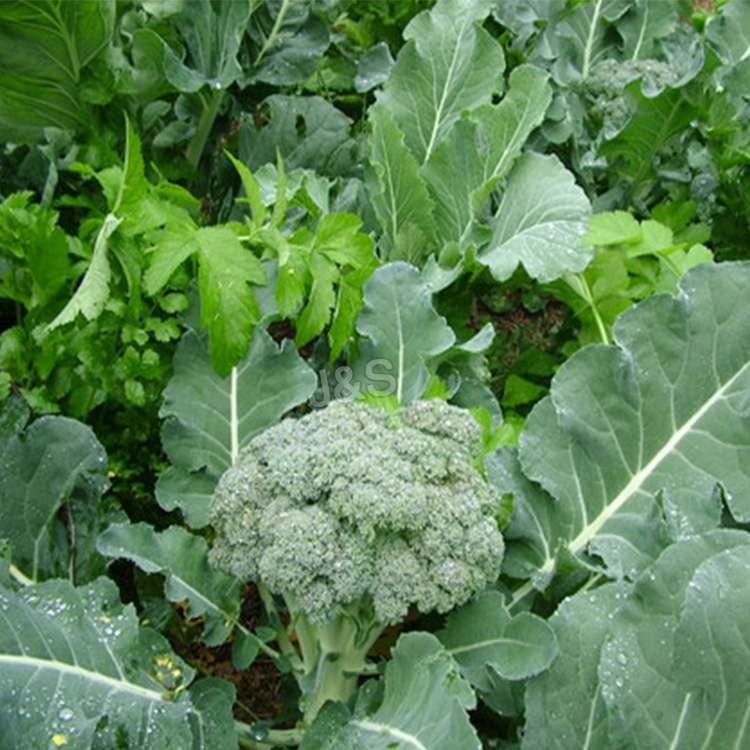
Related Product Guide:
Having a sound small business credit score, outstanding after-sales services and modern manufacturing facilities, we've got earned an fantastic reputation among our buyers across the globe for Hot New Products Broccoli powder Factory for Argentina , The product will supply to all over the world, such as: Los Angeles, Gabon, Kenya, Due to good quality and reasonable prices, our products have been exported to more than 10 countries and regions. We are looking forward to cooperating with all customers from at home and abroad. Moreover, customer satisfaction is our eternal pursuit.
Here is a little science behind the tea with the source linked below it…
“”The White Pine was used in medicinal applications by several North American Indian tribes. The dried inner bark of the White Pine contains a glycoside, an oleoresin, a volatile oil, mucilage and tannin. Brewed as a diuretic and expectorant tea, it was used to treat diseases of the mucous membranes and respiratory problems such as colds, coughs and sore throats. White Pine bark powder and White Pine bark tea are still sold commercially for this purpose. As a poultice, the inner bark was used to treat skin complaints including wounds, burns and boils.”"
https://www.sierrapotomac.org/W_Needh…ine_060326.htm
“”White Pine Bark is an old and trusted remedy for colds and flu. It helps loosen and expel phlegm from the respiratory tract, easing bronchitis and lung congestion, and its warming qualities stimulate circulation, which may ward off colds and flu before they settle in. The high content of nature’s most powerful antioxidants (proanthocyanidins/PCSs/OPCs) in White Pine Bark have made it the focus of much attention in the area of combating free radicals, arteriosclerosis and strokes.”"
https://www.herbalextractsplus.com/white-pine-bark.cfm
Also of interest from the first link…
“”The inner bark of White Pine Bark (cambium) is the source of resveratrol, a polyphenolic phytoalexin, which is produced in plants that is reputed to have antifungal properties.
According to recent research (2008) from Peninsula Medical School, England, the resveratrol found in Pine Bark, Grape Skin and Red Wine can protect against cellular damage to blood vessels caused by high production of glucose in diabetes, claiming resveratrol’s antioxidant effects are well documented. But the new research establishes a link between high levels of glucose, its damaging effect on cell structure and the ability of resveratrol to protect against and mend such damage. Moreover, resveratrol could be a factor in blocking the damaging effect of glucose, which, in turn, might combat the often life-threatening complications that accompany diabetes and potentially be a basis of effective diet-based therapy for the prevention of vascular damage caused by hyperglycemia in the future.
In 2008, Italian researchers reported in Phytotherapy Research that supplements of Pine Bark extract may reduce the pain associated with arthritis of the knee by about fifty-five percent. The study also indicated an improvement in all osteoarthritis symptoms by fifty-six percent.
White Pine Bark is considered a diuretic, and as such, encourages the flow of urine, which is said to be very helpful in cases of urinary tract infections and kidney problems.”"
Is Kale Good Or Bad For Diabetes
Download Diabetes Management Book: https://bit.ly/2g0NDAH
Hello, I’m Ty Mason from TheDiabetesCouncil.com, researcher, writer and I have type 2 diabetes. Today I’m going to answer the question, is kale good for diabetes. But before we get into that, make sure you download my free diabetes management book which also includes a diabetes grocery shopping guide (foods to eat and avoid) and other tips to better manage your blood sugar to avoid complications.
I am so glad I got this question today. One of my colleagues, Dr Jennifer Blowers wrote a fantastic article on “10 Superfoods for Diabetes” on thediabetescouncil.com. I truly urge you to go read the article, it is very interesting.
I will give her credit for some solid research on that project. I will be using part of her article today in my conclusion. Hopefully we both see eye to eye on kale.
Kale is often referred to as leaf cabbage because its central leaves do not grow together in a head, like the head cabbage. The leaves of kale can be various shades of green and may include bits of purple.
Despite what some may think, kale is not new. Kale was a staple of meals dating back to the ancient Greeks, Romans and Egyptians several thousand years ago. Kale is close cousins to broccoli, cabbage, cauliflower, and Brussels sprouts. Kale maintained a sort of vegetable champion status until the end of the Middle Ages. It temporarily lost its place on the veggie leaderboard when the modern-day cabbage became popular and selectively cultivated because of its favored cabbage “head” of clustered leaves.
Kale was revived during World War II, when it was heavily promoted to home gardeners as part of the UK’s digging for victory campaign. It was easy to grow and super nutritious – a perfect supplement for other foods being rationed during the war.
According to our own Dr Bowers, “referred to as the “darling” amongst green leafy vegetables, kale provides many micronutrients and antioxidants. Rich in fiber, helping with glucose control, as well as essential vitamins such as beta carotene and vitamins A, C and K, kale is a versatile ingredient. Kale also contains the carotenoids lutein and zeaxanthin, which studies have associated with preventing eye disorders and improving brain function. Glucosinolates, found in kale and other cruciferous vegetables, are sulfur-containing antioxidants, associated with reducing cancer. Kale is truly a powerhouse, providing flavor, little effect on blood glucose, and many significant health benefits. Try it in salads, soups, stir-fry dishes and on sandwiches.”
Jennifer answered the question already. Is kale good for diabetes? Yes, is most certainly is.
I hope this answered your question is kale good or bad for diabetes. Don’t forget to get your diabetes management book.
Let me know if you have any other diabetes related questions.
The product classification is very detailed that can be very accurate to meet our demand, a professional wholesaler.
